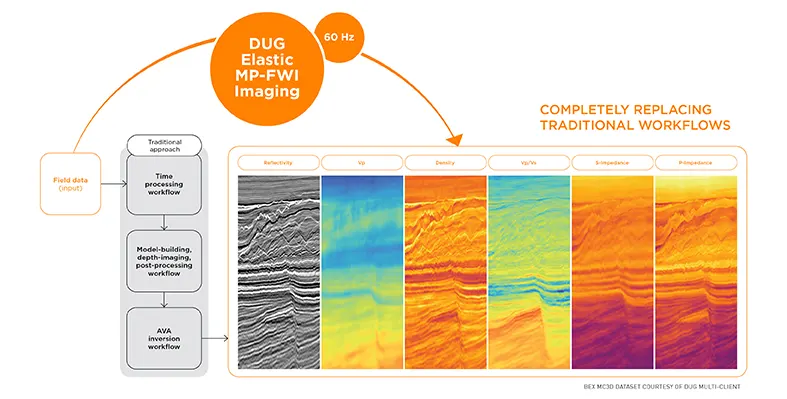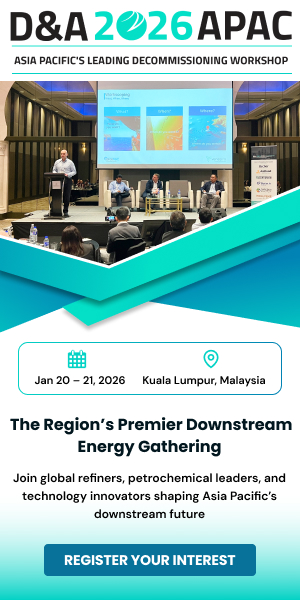Borouge is working with Yokogawa UAE Industry to test AI-powered autonomous control room operations at its Ruwais facility in Abu Dhabi
The proof-of-concept will use advanced AI tools to analyse plant data, detect patterns, and predict anomalies, allowing faster corrective actions and reducing the risk of unplanned shutdowns. It will also assess how autonomous control could improve efficiency and optimise overall performance.
Borouge has set a target of generating US$575mn in value by 2025 through technology and AI-driven initiatives. By the end of Q2, the company had already achieved US$307mn.
At Ruwais, Yokogawa is trialling AI operations at the Borouge 3 Cracker, while Honeywell is running a parallel project at the Borouge 2 Cracker. Together, the initiatives aim to deliver the petrochemical industry’s first fully autonomous AI-driven control room.
Hazeem Sultan Al Suwaidi, chief executive officer of Borouge, said, "As we progress our AI, Digitalisation and Technology (AIDT) transformation programme, our goal is to deliver an AI-powered autonomous control room at what will be the single largest petrochemical site in the world, enabling Borouge to accelerate growth and create lasting value for shareholders.”
Norinao Sato, president and CEO of Yokogawa Middle East & Africa, commented, “An AI-powered control room is a next generation operational hub that leverages artificial intelligence, machine learning and automation to optimise decision-making, automate processes, enhance safety and boost efficiency sustainably, transforming the control room from a reactive monitoring station to a proactive, intelligent command centre.”








 DUG Elastic MP-FWI Imaging is a unique approach to seismic processing and imaging which turns the traditional paradigm on its head. It replaces not only traditional processing and imaging workflows, but also the subsequent inversion workflow for elastic rock properties. It simultaneously resolves not only subsurface structural features but also quantitative rock property information while avoiding the need for extensive data pre-processing and (post-imaging!) AVA-inversion workflows.
DUG Elastic MP-FWI Imaging is a unique approach to seismic processing and imaging which turns the traditional paradigm on its head. It replaces not only traditional processing and imaging workflows, but also the subsequent inversion workflow for elastic rock properties. It simultaneously resolves not only subsurface structural features but also quantitative rock property information while avoiding the need for extensive data pre-processing and (post-imaging!) AVA-inversion workflows.
